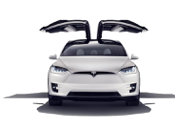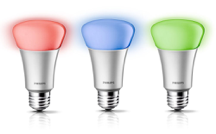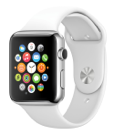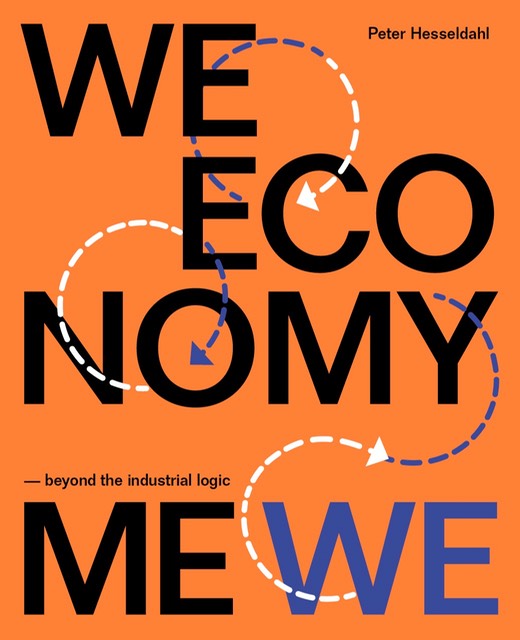The product of the future is smart. Its features come from both hardware and software. It can be programmed, updated, controlled and coordinated online.
It may still look like a conventional car, an electric bulb or a hospital bed – but it’s also a computer.
A smart product is connected, empowered and coordinated. It collects data and exchanges it with other products. It adapts to changing circumstances. Almost like cells in an organism, it interacts with all sorts of other smart products, and together they form a coherent system which, hopefully, can support users with more efficiency, convenience, and enable brand new features - whether the system is a classroom, an operating theatre, a farm, a factory or an entire smart city.
 - The American electric car Tesla is always online. Among other benefits, this allows the car to adjust its suspension when it drives on road stretches where it has learned that there are bumps. When new features are developed, such as the ability to drive more autonomously, they are downloaded to the car – exactly like you would update the operating system on a computer.
- The American electric car Tesla is always online. Among other benefits, this allows the car to adjust its suspension when it drives on road stretches where it has learned that there are bumps. When new features are developed, such as the ability to drive more autonomously, they are downloaded to the car – exactly like you would update the operating system on a computer.
Tesla has avoided some of the extremely costly recalls that conventional auto makers sometimes are forced to make to correct some critical fault. Because so many of the car’s functions are controlled by a computer, there is a good chance that any bugs can be fixed by installing new software.
 - Philips, the Dutch appliance maker, sells the Hue line of LED lighting, which can display all colors. The light intensity and color can be controlled from a computer or a smartphone app because the bulbs are online. Users can create "scenarios" with lighting for different purposes and moods, or connect bulbs to other smart appliance in the home to create completely new features – just like the Nest thermostat.
- Philips, the Dutch appliance maker, sells the Hue line of LED lighting, which can display all colors. The light intensity and color can be controlled from a computer or a smartphone app because the bulbs are online. Users can create "scenarios" with lighting for different purposes and moods, or connect bulbs to other smart appliance in the home to create completely new features – just like the Nest thermostat.
 - Many people use sensors to record data about their body and health. There are smart pulse meters, online bathroom scales, and sensors for blood pressure, blood sugar, heart rate, or lung function. If they are connected to a general system like Apple's Healthkit, the devices can all exchange data, and the data can be compiled and analyzed to monitor how the user’s health develops over time. Also, the data, which the user collects, can be coordinated with data from the more advanced equipment at the hospital or a doctor.
- Many people use sensors to record data about their body and health. There are smart pulse meters, online bathroom scales, and sensors for blood pressure, blood sugar, heart rate, or lung function. If they are connected to a general system like Apple's Healthkit, the devices can all exchange data, and the data can be compiled and analyzed to monitor how the user’s health develops over time. Also, the data, which the user collects, can be coordinated with data from the more advanced equipment at the hospital or a doctor.
